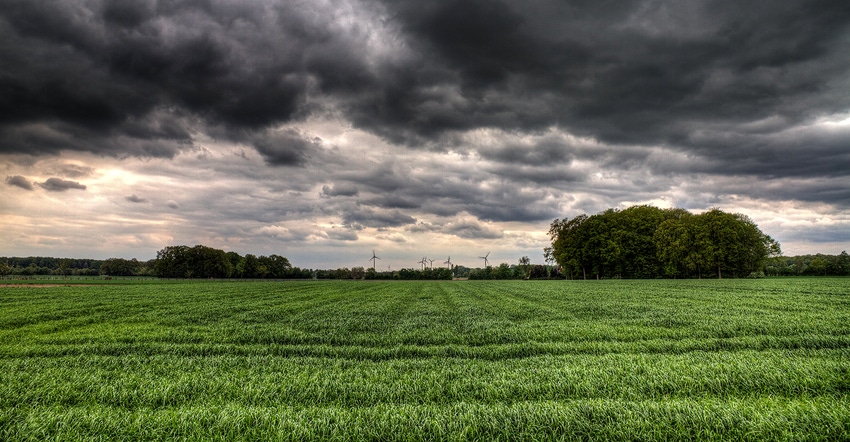May 21, 2019

As I begin, let me clarify that this column is not about the extent to which the climate is changing or what is causing it to change. I just think it is interesting to look at the evolution of agriculture in our state and how climate influences our industry.
In April, I had the opportunity to hear a presentation by Kenneth Blumenfeld, senior climatologist with the Minnesota Department of Natural Resources, on “Minnesota’s Changing Hydro-Climatology.”
As I listened to his overview and explanation of climate trends dating back to the 1890s, it occurred to me that many of the changes in farming practices, even what is grown, can be connected to climate trends. Blumenfeld’s summation was that Minnesota is getting warmer and wetter, and we should expect more of the same through the rest of this century. You can find his presentation online.
Because climate has so much influence over cropping systems, farmers pay attention and are often the first to notice changes. As an example, consider the Minnesota Pollution Control Agency report on sediment delivery and in-filling of Lake Pepin. This 2012 report noted changes in agriculture in southern Minnesota, including a decline in small grains, an increase in corn and soybean acreage, and an increase in drainage, particularly pointing out the timeframe of the 1930s to the 1960s.
If you farmed in that area during that era, you may recall coping first with drought in the ’30s, then with excess water in the ’60s. This report, which was written after several years of stakeholder meetings, also includes an interesting note that “some stakeholders have proposed climate change as a main driver of increased sediment accumulation rates over the past 180 years,” and that “some stakeholders have also suggested that precipitation events have grown more intense in recent decades, packing more erosive force than events of the past.”
In both cases, “some stakeholders” referred to the farmers in the room, and in both cases MPCA dismissed their input. Check out Blumenfeld’s presentation for charts on precipitation by decade and the number of 3- and 4-inch storms. It’ll make sense.
With all of that as backdrop, let’s look at five basic changes we have seen, some over the past 100-plus years and some more recently.
1. Corn has moved a bit north. While an occasional corn field can be found all the way to the Canadian border, corn has become a frequently planted crop up to about Moorhead. One reason is that the growing season is getting just a bit longer.
2. Wheat is big in the northwest. Wheat has settled in as a primary crop in the northwest quarter of the state, which is on average slightly drier and cooler than the southern half. According to USDA data, farmers in the northwest district of Minnesota harvested around 450,000 acres of wheat in the 1920s, which represented about 40% of the wheat acreage in the state. In recent years, the northwest district is home to about 1.2 million acres and 90% of Minnesota wheat production.
3. More acres are moving to tile drainage. Tile drainage is expanding, with no loss of wetlands, because excess water represents a significant risk factor for crop production. Tile drainage also helps meter water out slowly over weeks and months, compared to surface runoff that causes the highest of peak flows. Between 2012 and 2017, USDA reports an increase in tile drained land in Minnesota from about 6.5 million to 8.1 million acres.
4. Reduced tillage is growing. Historically, tillage intensity often increased in response to more rain, but I believe farmers are responding both to the generally greater precipitation amounts and the increasing frequency of large storms by combining drainage with reduced tillage. This keeps more crop residue at the soil surface in order to combat erosion.
5. Cover crop acreage is increasing. Much like reducing tillage intensity, cover crops can help in some cropping systems by improving water filtration and retention while also using water before and after a primary crop that may otherwise become excess. Cover crops can also help prevent erosion. USDA reports that nearly 600,000 acres planted to cover crops in 2017 across Minnesota, and this doesn’t count acres planted to a typical cover crop but harvested as forage.
Formo is executive director of the Minnesota Agricultural Water Resource Center.
About the Author(s)
You May Also Like






